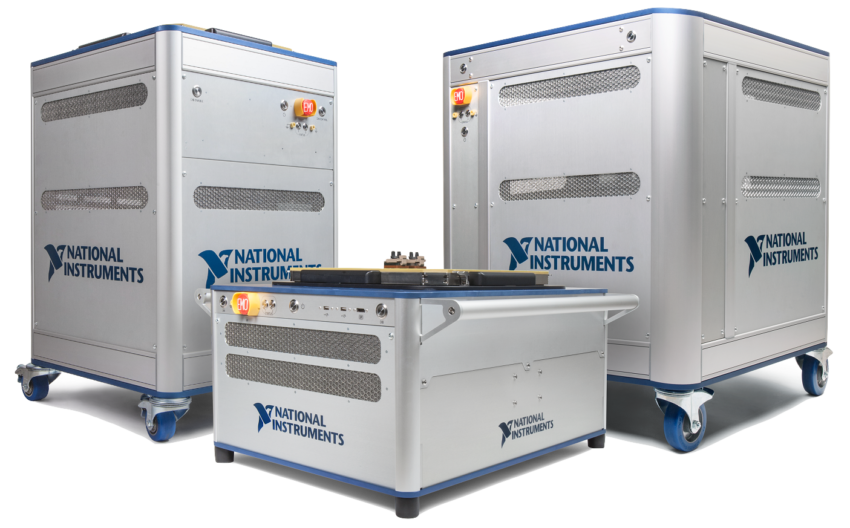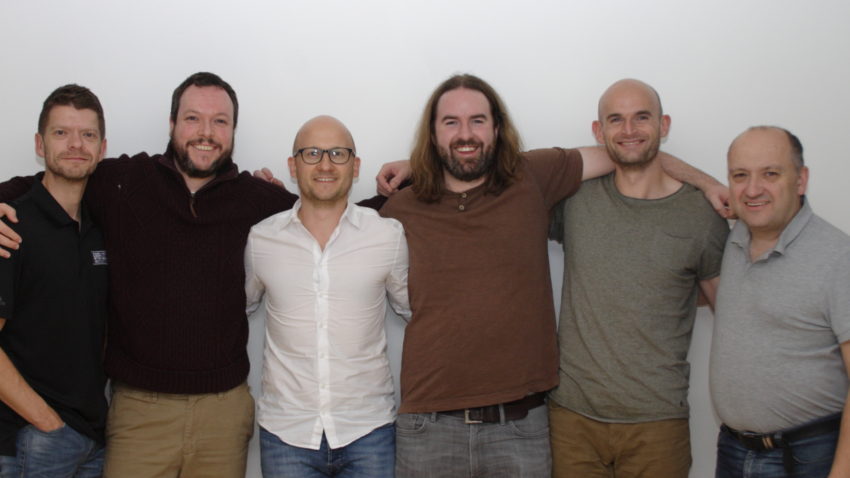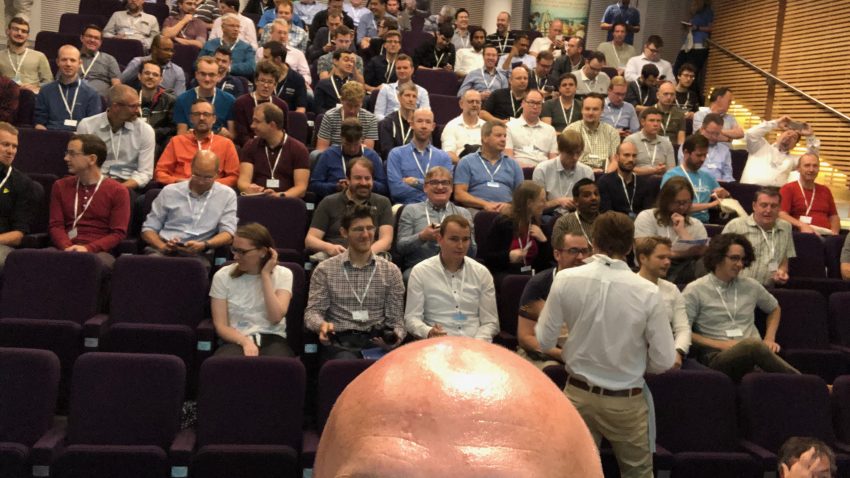
The NI STS
First of all, be aware that this review of the NI STS is intentionally a cynical look at a marketing message and is not intended to be a “fact check” post about this claim. The text below may contain sarcasm, irony and should be taken in the manner it is intended.
For a serious description and discussion about the exceptionally good product that is the NI STS, please see the website here
So, let’s get to it…
Depending on your positioning within the semiconductor industry you may or may not have heard about the new National Instruments Semiconductor Test System, or NI STS for short.
So, what is it? In National Instruments own words: “STS is a production-ready ATE for RF and mixed-signal semiconductor devices that improves time to market and lowers the cost of test.”
So for those of us who aren’t fluent in marketing buzzword bingo, what does that mean? Lets take it step by step…
Production ready: One would assume that this means that unlike your new IKEA wardrobe the NI STS is shipped to you fully assembled and tested, meaning that you just need to give it some power and you’re good to go. While this is probably true, it’s not the whole picture. You will see why below.
ATE: This is short for “Automatic Test Equipment” and is more of a generic term for anything that measures or performs tests on a device. While this is an accurate description of the STS it doesn’t really do it justice, as it is significantly more than that. Also it is important not to confuse the STS with the “ATE Core” product, also from National Instruments.
RF and mixed signal semiconductor devices: This is simply a generic description of what the STS is capable of testing. Again, we feel that this kind of undersells the STS a little as there are many other products out there that can do this and are probably much cheaper as well.
Improves time to market: Now we are entering the realm of the marketeer, how is this measured? Improves the time to market compared to what? Other comparable systems from companies such as Advantest or Teradyne? From building your own ATE from scratch? From testing every device by hand? While this may seem bit pedantic, it is important to give some actual context behind such a broad statement. It could well be possible that after the STS has been “integrated” into a company work flow it is possible to get products to market faster (or at least get them tested faster). However if you drop the STS into a company that has zero knowledge of LabVIEW, TestStand and/or programming in general then you will have an issue.
Also, what exactly is “time to market”? Does it mean that your test engineers will be able to make test sequences faster, therefore production testing can start sooner? Does it mean that every device is tested faster, therefore reducing throughput time? Both if these? Interestingly on the NI STS homepage, none of the customer appraisals mention reduced time to market explicitly.
Lowers cost of test: Well this depends a lot on the answer to the above question. If you can test a device quicker then yes, as the saying goes; time is money. With the inbuilt multisite capability of the STS and also the possibility to do parallel measurements then there is a very good chance you will indeed be able to not only decrease your throughput time, but also increase your test coverage, so a win-win situation for everyone.
If you have made it this far you will have probably realised that this is a very cynical look at a marketing statement. What can I say, I’m an engineer and I like my information to be factual and provable, not ambiguous and generic.
All this said, the NI STS is a great piece of equipment and offers huge flexibility and versatility for your company. Being based on the PXI platform allows for future expansion and – in the worst case scenario – any failed hardware to be quickly and efficiently replaced. Being based on LabVIEW and TestStand allows easy and effective code sharing between departments and product ranges, increasing knowledge sharing while reducing development time.
But what about the “production ready” claim I hear you ask, why isn’t this entirely true? Well basically when you receive your shiny new STS it won’t do anything, not because they are all shipped broken, but because it is delivered “blank”, without any functioning test sequences or code. All that is included are the programming environments (LabVIEW, TestStand and the TestStand Semiconductor Module). So how do you get things up and running? Good question, glad you asked… You have 2 options, you can read this post for some ideas, or your can contact us for a chat!*
*There are probably other options, but hey, even an engineer has to do some marketing…
This post is part of our Semiconductor division




Pingback: What Is The NI STS? – Alliance of LabVIEW™ Architects.